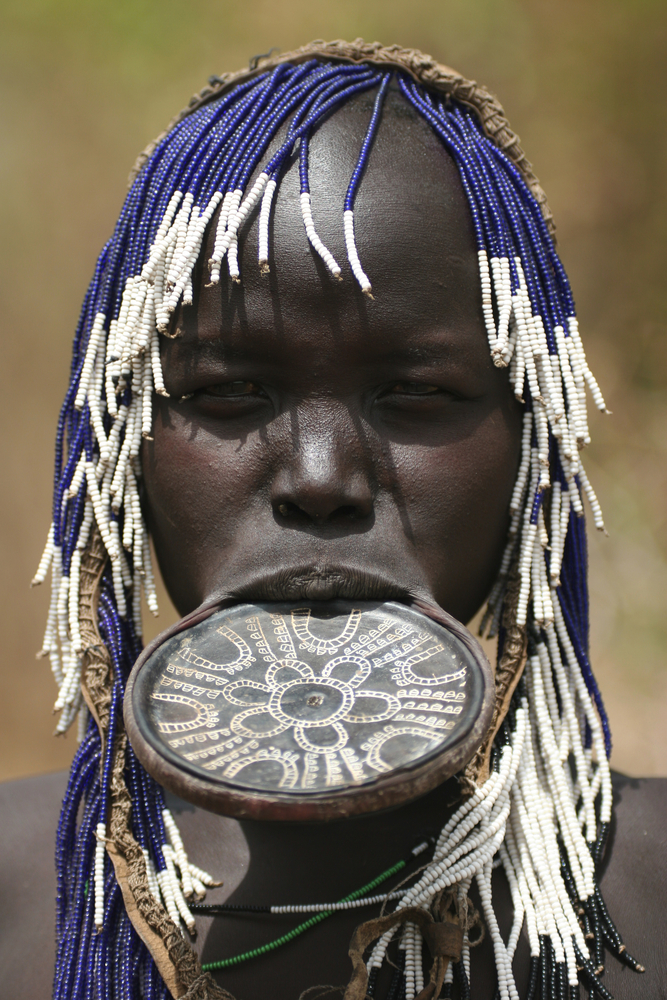Want to grow younger in real time? Forget surgery or diet pills …just hop on a plane, get travelling to Ethiopia and viola you are already younger by seven whole years. And why? The country unlike the rest of the world that goes by Gregorian calendar has decided to officially stick by the Ge’ez calendar that is based on the older Coptic calendar.
The country has twelve 30 day months plus a 13th month of five days or six depending on if it’s a leap year. Ergo, you gain instant age reduction and you get to turn back time as long as you stay within the confines of its borders.
Ethiopia itself is a melting pot of culture. Islam, Christianity, Judaism, Rastafarian-ism have either been inspired by or found their way here, all except one of them from ancient times. The Rift Valley of Ethiopia is considered the very cradle of civilization. It was here, in Hadar that ‘Lucy’ (also called Dinkenesh in Ethiopia’s official language- Amharic, meaning ‘you are amazing’), the world’s best known hominid believed to be over 3.2 million years old, was found. The discovery is said to have changed scientists very understanding of human origins.
In this first of a four part series post on Ethiopia, let us begin with its very heart, its capital.

Addis Ababa – The capital of Ethiopia just sounds like it right out of an Arabian night’s fairy tale. It conjures in the mind’s eye all sorts of exotic images. And it is not far off though some other parts of the country give you an even stronger feeling of being delightfully transported back to another time and place. That said, it is here, at the National History museum that you can take a dekko at, Lucy’s remains. Be aware that many times what you are looking at a replica as the real thing is usually on loan to museums around the world. ‘Lucy’ was found in the 1970’s in Hadar in Ethiopia’s slice of the rift valley.
The Great Rift Valley is a geological trench that runs from Syria in the Middle East to Mozambique in Central Africa. The discovery of ‘Lucy’ is what earned East Africa the epithet ‘Cradle of Civilization’. In an aside, very recently however, scientists found the hominid ‘Little Foot” in South Africa said to be at least as old as Lucy putting the country at the tip of the vast continent back on center stage with regard to human evolutionary history.
At the National History museum, other worthwhile artifacts are either real or replicas of crown jewels of Ethiopia’s royal line believed to be direct descendants of Queen Sheba. The country is rife with myths of Queen Sheba and King Solomon (more on that in part 2). Haile Selassie I, Ethiopia’s 20th century benevolent emperor’s history is also gone into great detail by the guides that take you around. Neither will they withhold widely held trenchant views on their last King’s vices such as throwing a lavish party even as the rest of the country suffered incredible hardships.
Speaking of Haile Selassie the first, if Rasta as a religion, its attend music, its allegiance to or at least association with cannabis it’s resplendent tricolors and the long dreadlocks (obviously Bob Marley springs to mind) that is usually considered the epitome of cool fascinates you as it does most of the world, a visit to the village of Shashemane-155 miles south from Addis Ababa is a must. Here you can experience first-hand, the Rastafarian movement; an Abrahamic movement though having its origins in Jamaica is rooted in the coronation of Halie Selassie I as Emperor of Ethiopia in 1930. Selassie is widely regarded within Rasta groups as an incarnation or second coming of Christ.

Coming back to Addis Ababa, another interesting repository of culture is the Ethnological museum. The museum is but a stone’s throw away from the National History Museum. A two- minute Matatu (shared taxi) ride will take you there. It is housed in a palace inside what is now the Addis Ababa University. If you are short on time to explore far-flung places in Ethiopia outside of the cultural circuit, the Ethnological museum gives you a brief overview into the history and current lifestyle of the myriad tribes that populate this ancient land. The museum documents their lives through artefacts, pictures and videos. Videos depicting coming of age rituals such as young men having to run across a dozen lined up oxen without falling, photos and specimens of lip plates worn by many Ethiopian tribal women as a sign of beauty, wooden neck rests used by tribes in lieu of pillows are just a few of the remarkable windows into Ethiopian culture you can find here.



Leave a Reply